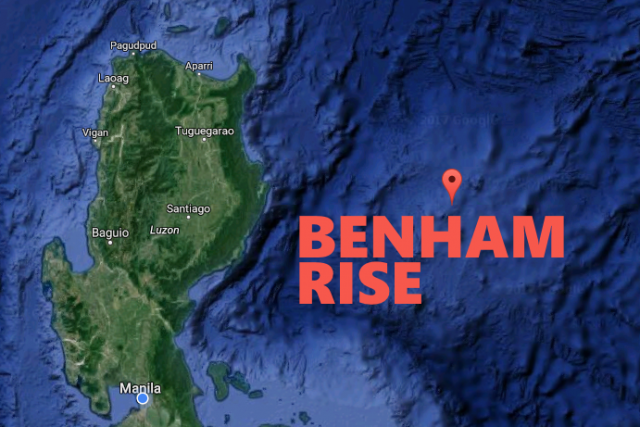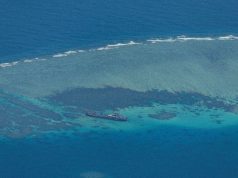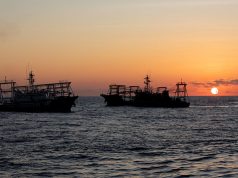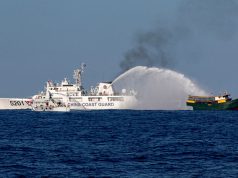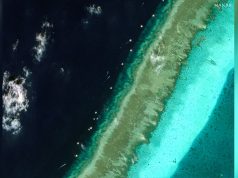MANILA, Philippines — Is China’s naming at least five seamounts in the Benham or Philippine Rise that big a deal, and should we be worried?
Yes, says a maritime expert at the University of the Philippines.
This is because, according to Dr. Jay Batongbacal, the director of the Institute for Maritime Affairs and Law of the Sea at the UP College of Law, China made their naming of features in the South China Sea as the basis of their claim for sovereignty over disputed territories in the vital sea lanes, including those within what Manila calls the West Philippine Sea.
The public then is justifiably worried that discovery and naming may be used by China as the basis for future claims, because it used them as reason to justify its claims in the South China Sea, particularly Scarborough Shoal. He clarified, however, that legally, the discovery and naming of marine features cannot be the basis of a claim to sovereignty.
Addressing the Senate committee on science and technology hearing on Benham Rise Monday, Batongbacal noted that China has almost completed developing military bases on three artificial islands it built on three features that roughly encircle the Kalayaan Island Group.
Once the bases are fully armed, they will be able to exert control over the area.
And, Batongbacal warned, once China bases combat aircraft to these bases, such as the one on Fiery Cross Reef, the whole country will be within their range.
Already, he said, scientists cannot explore the West Philippine Sea because of China’s assets.
Research and exploration for petroleum resources has ceased, while the Philippines can do nothing to stop Chinese fishing activities in the West Philippine Sea.
Batongbacal said Chinese media and scientific journals report that from 2016 to 2017, China embarked on a number of research projects in the West Philippine Sea, even deploying a submarine to research the seabed, and releasing a dozen gliders, underwater autonomous vehicles with artificial intelligence, for data collection.
Again and again, Batongbacal said, China has explored the Philippines’ territory before Filipinos have as he urged government to allocate resources to allow scientists to correct the situation.
In the Philippine Rise, he noted it was the Chinese Navy and the China Seabed Minerals Research and Development Association that proposed names for the five seamounts in Philippine Rise that indicated their long-term interest and agenda in the area: mining.
These seamounts include the summit of the Philippine Rise, which he called the most important part of the “undersea mountain.”
Batongbacal said the Chinese had already been doing research in the area as early as 2004 and repeated visits since have enabled them to do a detailed and accurate survey that they included in their application for the Chinese names.
This is what happens when Philippine waters are not secured, Batongbacal said.
He explained that while the discovery and naming of marine features cannot be the basis of a claim to sovereignty based on the law, doing so has a benefit: the honor of being known as the one who discovered the area, which ha gone to China instead of the Philippines, even if these features of the Philippine Rise were discovered by Filipinos from 2004 to 2008, as proven by the detailed maps which the Philippines used to support its claim over the extended continental shelf.
The National Mapping and Resource Information Authority had planned to name these after indigenous Philippine trees and birds.
Batongbacal believes the government’s failure to pursue this might have to do with lack of funding.
But, he pointed out, as China continues to do scientific research in Philippine waters, it reaps the benefits that the Philippines should be enjoying in the first place.
Senator Paolo Benigno Aquino IV, chairman of the science and technology committee, vowed to provide support to Filipino scientists by giving them a decent budget.
“I’ve said this in the past, our Filipino scientists and researchers are sadly underappreciated in the country,” he said in his opening statement. “There is certainly more we can do to, first, to strengthen the voice of the scientific community; and second, to provide our researchers, innovators, scientists and experts with substantial support in terms of budget and resources.”

